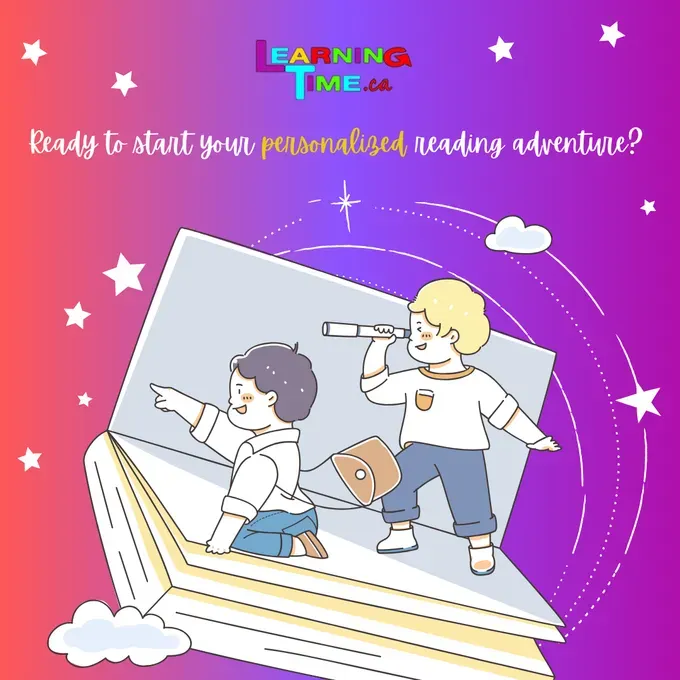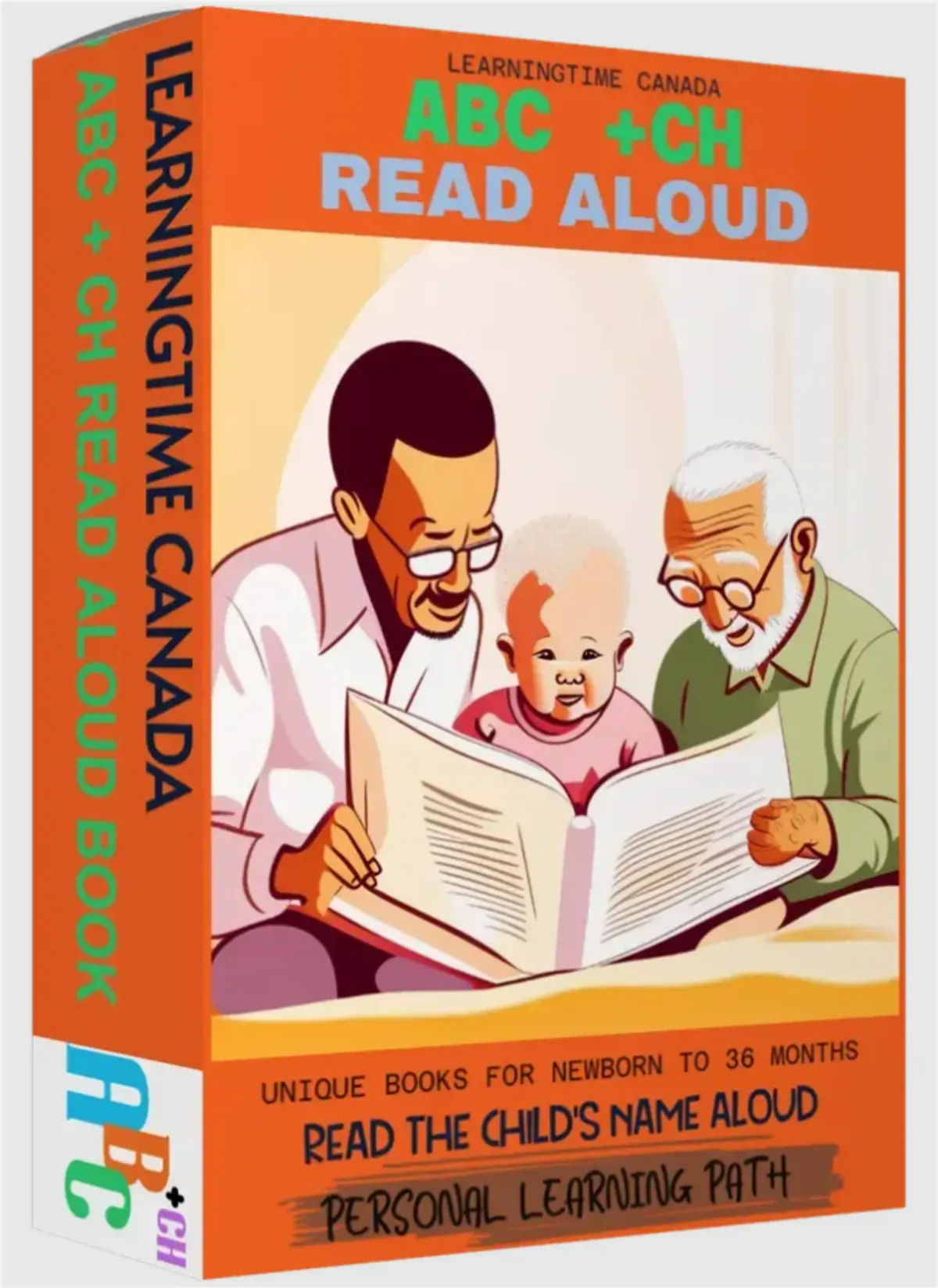How To Tell A Great Story
Storytelling

Here's a summary of the key points for effective storytelling:
- Know your audience
- Establish a clear purpose
- Structure your story (three-act structure)
- Create compelling characters
- Set the scene
- Build tension
- Use a hook
- Show, don't tell
- Include a climax
- Provide resolution
- End with impact
Remember, storytelling improves with practice. Focus on creating an emotional connection with your audience while delivering your message engagingly.

To craft a compelling narrative, follow these key steps for effective storytelling:
1. Know Your Audience
Before you begin, understand who you're telling the story to. This will help you determine the appropriate tone, language, and level of detail[1]. Consider factors like:
- Age group
- Interests
- Background knowledge
- Expectations
2. Establish a Clear Purpose
Determine the main message or takeaway you want your audience to have. This will guide your storytelling and help maintain focus[1][3].

3. Structure Your Story
Use a basic three-act structure to organize your narrative[2]:
1. Introduction (Set-up): Introduce characters, setting, and initial conflict.
2. Confrontation (Rising Action): Present challenges and obstacles for the main character.
3. Resolution: Bring the story to a satisfying conclusion.
4. Create Compelling Characters
Develop relatable, multi-dimensional characters that your audience can connect with emotionally[3][4].
Meet Lila: A brilliant scientist with a fear of public speaking, who must present her groundbreaking research to save her funding. Her journey of overcoming her fear while racing against time creates a relatable and multi-dimensional character.
5. Set the Scene
Engage your audience's senses by describing the setting vividly. This helps create a more immersive experience[1].
"The old lighthouse creaked in the howling wind, its paint peeling like old scabs. Salty mist clung to Emma's skin as she approached the weathered door, her flashlight beam dancing nervously across the rotting wood."
6. Build Tension
Introduce conflicts and obstacles that create suspense and keep your audience engaged[3][4].
"With each step deeper into the cave, the darkness seemed to press harder against Tom's chest. The echoes of water dripping somewhere in the distance only amplified the eerie silence. Suddenly, his headlamp flickered – once, twice – before plunging him into complete blackness."
7. Use a Hook
Start with a captivating opening that grabs your audience's attention and makes them want to hear more[3][5].
"The day I died was the best day of my life."
8. Show, Don't Tell
Use descriptive language and specific details to bring your story to life, rather than simply stating facts[4].
Instead of: "Maria was nervous about her presentation."
Try: "Maria's hands trembled as she shuffled her notes, her heart pounding so loudly she was sure the entire boardroom could hear it."
9. Include a Climax
Build up to a pivotal moment or turning point in your story that resolves the main conflict[2][5].
"As the bomb's timer ticked down to its final seconds, Agent Carter frantically scanned the tangle of wires. Red or blue? The fate of the entire city rested on this single decision."


10. Provide Resolution
Wrap up your story by showing how the events have affected the characters and what lessons were learned[2][5].
"As the dust settled from the alien invasion, humanity emerged not as conquerors, but as partners with their former foes. Together, they began rebuilding a world that would be stronger and more united than ever before."
11. End with Impact
Leave your audience with a memorable ending that reinforces your main message or theme[3].
"And as she closed the book, Sarah realized that the true adventure wasn't in its pages – it was waiting for her just outside her door."

These examples demonstrate various storytelling techniques while catering to different audiences and purposes. They showcase how to create engaging narratives that captivate readers and deliver impactful messages.
Remember, great storytelling is an art that improves with practice.
Don't be afraid to revise and refine your narrative as you go. The key is to create an emotional connection with your audience while delivering your message in an engaging and memorable way.
Citations:
[1] https://www.trekksoft.com/en/blog/10-steps-to-mastering-the-art-of-storytelling
[2] https://www.blurb.com/blog/what-is-story-structure/
[3] https://www.inc.com/alison-davis/7-simple-ways-to-tell-a-compelling-story.html
[4] https://www.thenovelry.com/blog/a-guide-to-story-structure
[5] https://kindlepreneur.com/story-structure/













































































































































